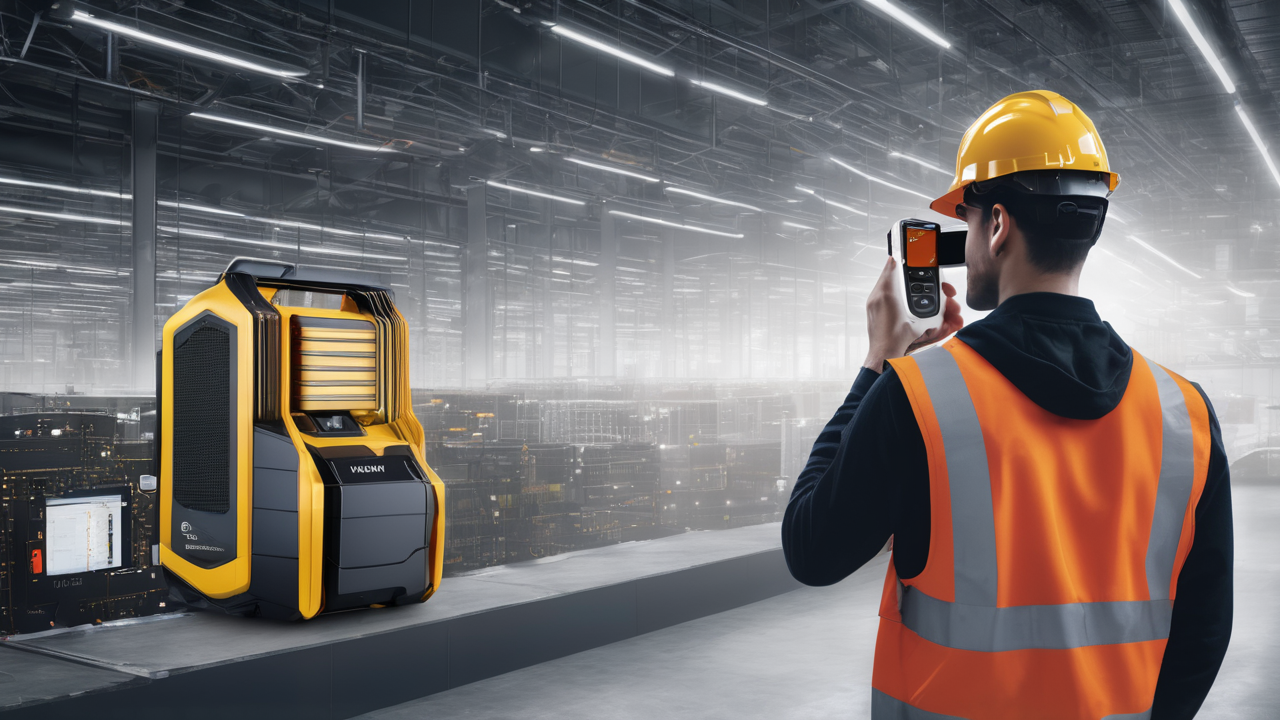Understanding the Evolution of Walkie Talkies
The Beginnings of Two-Way Radio Communication
Two-way radio communication began in the early 20th century. It started with bulky devices used by the military. These early radios were large and had limited range. They were not portable like today's walkie talkies. The first handheld two-way radio was developed during World War II. It was called the SCR-536. This device was a game-changer for field communications. It allowed soldiers to communicate on the move. After the war, two-way radios found their way into civilian use. They became popular with police, firefighters, and businesses.

Technological Advancements in Walkie Talkies
Over time, walkie talkies have seen major improvements. Size reduction was a key focus. Modern devices are compact and lightweight. Battery life has greatly improved. Today's walkie talkies can last for days on a single charge. Sound quality has also enhanced significantly. Digital technology has replaced analog in many models. This allows for clearer communication over longer distances. Many now have built-in GPS for location tracking. Some even offer text messaging and data transfer capabilities. Durability has also improved. Many models are now water-resistant and shockproof.
The Impact of 5G on Two-Way Radio Devices
5G technology is set to revolutionize two-way radio communication. It offers faster data speeds and lower latency. This means quicker and more reliable connections. 5G can support more devices in a smaller area. This is great for large-scale operations. It allows for better integration with other smart devices. 5G may enable new features like real-time video streaming. It could also improve location accuracy. However, 5G adoption in walkie talkies is still in its early stages. Many areas still lack 5G coverage. The cost of 5G-enabled devices is also a factor to consider.
Comparative Analysis of Top Walkie Talkies in the Market
Key Features that Differentiate Leading Brands
Leading walkie talkie brands stand out due to several key features. Range is a crucial factor. Top models can communicate over 30 miles in ideal conditions. Battery life is another important aspect. The best devices offer 12-24 hours of use. Channel capacity varies widely. Some offer just 22 channels, while others have over 100. Privacy codes are common in high-end models. These prevent interference from other users. Weather alerts are a useful safety feature in many top brands. Some offer hands-free operation through VOX technology. Waterproofing is standard in premium models. Durability is key for outdoor use.

User Experience and Ergonomics: A Critical Comparison
User experience greatly impacts the value of a walkie talkie. Easy-to-use interfaces are crucial. Large, backlit displays make reading easier in all conditions. Button layout affects usability. Some models offer customizable buttons. Ergonomic design is important for comfort during long use. Lightweight models reduce fatigue. Belt clips and hand straps improve portability. Audio quality varies between brands. Some offer noise cancellation for clearer communication. Battery indicators help prevent unexpected power loss. Charging options, like USB or desktop chargers, affect convenience. Some models offer app integration for added functionality.
Price vs. Quality: Finding the Best Value Proposition
Price and quality vary widely in the walkie talkie market. Budget models start around $20 per pair. These offer basic features and limited range. Mid-range options cost $50-$100 per pair. They offer better range and more features. High-end models can cost over $200 each. These offer the best range, durability, and features. However, higher price doesn't always mean better value. Consider your specific needs when choosing. For casual use, mid-range models often offer the best value. For professional use, investing in high-end models can be worthwhile. Look for warranties and customer support when assessing value. Some brands offer better after-sales service.
Future Trends and Innovations in Two-Way Radio Technology
Integration of AI and Machine Learning in Walkie Talkies
AI and machine learning are set to transform walkie talkies. Voice recognition could enable hands-free operation. AI could filter out background noise for clearer communication. Machine learning might predict signal strength and suggest better positions. Smart assistants could be integrated for voice commands. AI could help optimize battery life based on usage patterns. Predictive maintenance could alert users to potential issues. Language translation features might break down communication barriers. AI could enhance security by detecting unauthorized users. Machine learning could improve location accuracy in challenging environments.

The Rise of IoT and Connectivity in Two-Way Radios
IoT is bringing new possibilities to two-way radios. Integration with other smart devices is becoming common. This allows for seamless communication across platforms. IoT enables real-time tracking of multiple radio users. It can provide valuable data for fleet management. Connectivity with smartphones expands functionality. Some radios can now send text messages and emails. Cloud connectivity allows for remote management of devices. Software updates can be pushed out wirelessly. IoT enables better integration with security systems. It also allows for automated logging of communications.
Regulatory Considerations and Compliance in the US Market
Regulatory compliance is crucial in the US walkie talkie market. The FCC regulates radio frequencies and power output. Different regulations apply to different types of use. Some frequencies require a license, while others are license-free. Power output limits vary by frequency band. Compliance with these rules is mandatory. Manufacturers must obtain FCC certification for their devices. Users need to be aware of legal restrictions on use. Some features may be restricted in certain areas. Privacy laws affect the recording of conversations. Encryption capabilities may be limited by regulations. Staying informed about changing regulations is important for users and manufacturers.


